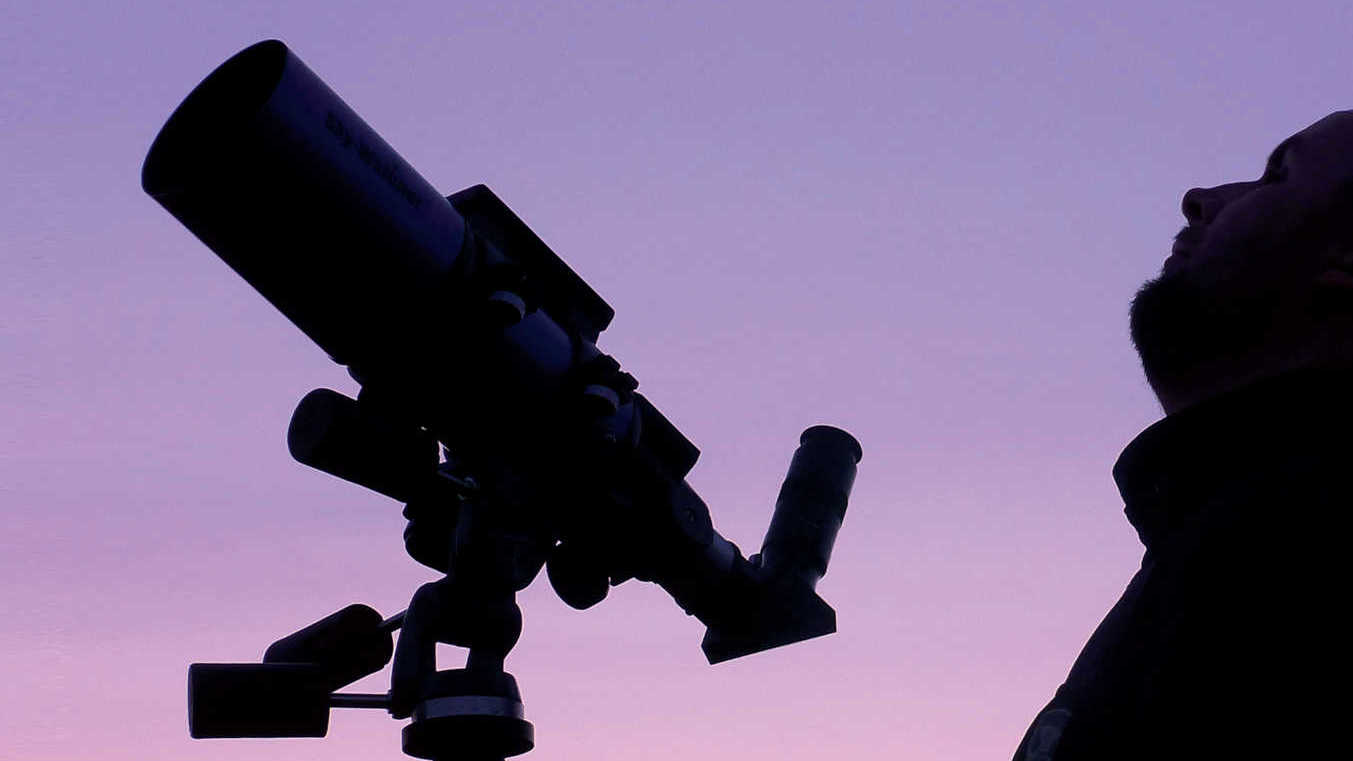A survival kit for amateur astronomers
Amateur astronomers generally observe in the open air, where it is not always cosy and warm. With this checklist you will be perfectly prepared.
 The anticipation of the up-coming observation night is huge. If you have the right equipment with you, then nothing else should go wrong. Nico Schmidt
The anticipation of the up-coming observation night is huge. If you have the right equipment with you, then nothing else should go wrong. Nico SchmidtThe right equipment for long observation nights
Observing the night sky usually means observing outdoors, at night, under open skies. In our latitudes, the weather conditions are often not especially suitable for this. In order to be able to take advantage of the few opportunities without catching a cold or anything else, a basic kit should be part of every amateur astronomer’s equipment.
In the colder seasons of the year, observing can sometimes mean standing or sitting in freezing cold for hours, and even late summer nights can also be pretty chilly. That's why warm clothing comes first and foremost on the list. Cold feet are especially unpleasant. If you get too cold, your observation evening is spoiled. An investment in a good pair of winter boots is therefore absolutely worthwhile. You’ll need to protect your head with a warm hat, because even if your body is well-wrapped up but your head is not, then you’ll lose heat there. Warm underwear, thick socks, gloves, jacket and thermal trousers or salopettes complete the list. Generally, loose, multiple layers of clothing offers the best insulation. If you start to feel really cold, thermopads can help. Worn under clothing, for example, above the abdomen, they act like a small radiator.
Your physical well-being
Drinking sufficient fluids is also important, because a dehydrated body will tend to freeze. A cup of tea or coffee will also give you a boost when you’re flagging – as well as a light snack for when you take a break from your observation. Bananas, chocolate or some nuts and raisins are ideal for this. If you like to be really warm, you can also take hot soup with you in a thermos flask. It will be dark at the observation site especially when observing and later when dismantling your telescope. With a conventional torch, you have only one hand free, so a headlamp helps here. It is best to have a version that can switch between white light and red light, which does not interfere with your dark adaptation and is therefore also suitable for reading your star chart. You can then use the white light when you dismantle your telescope at the end of the evening.
Misted up
If the humidity is very high at night, dew can form on the optics and, in winter, they may even freeze. This is particularly irritating, because once optics are been fogged up by dew – lens telescopes’ lenses and catadioptric telescopes’ corrector plates are particularly susceptible – it is very difficult to permanently correct this. A dew shield is a very useful tool here, as it extends the length of the tube and can prevent fogging. A practical dew shield can be easily constructed using the foam material from an insulating mat. If you use a Velcro strap to fasten it, it’ll be easy to open and close. To ensure that you don’t forget anything on your next trip out under the night sky, it makes sense to store all your accessories in a household crate. Then you can pack the car quickly and have everything you need for a great observation evening.
Author: Lambert Spix / Licence: Oculum Verlag GmbH
